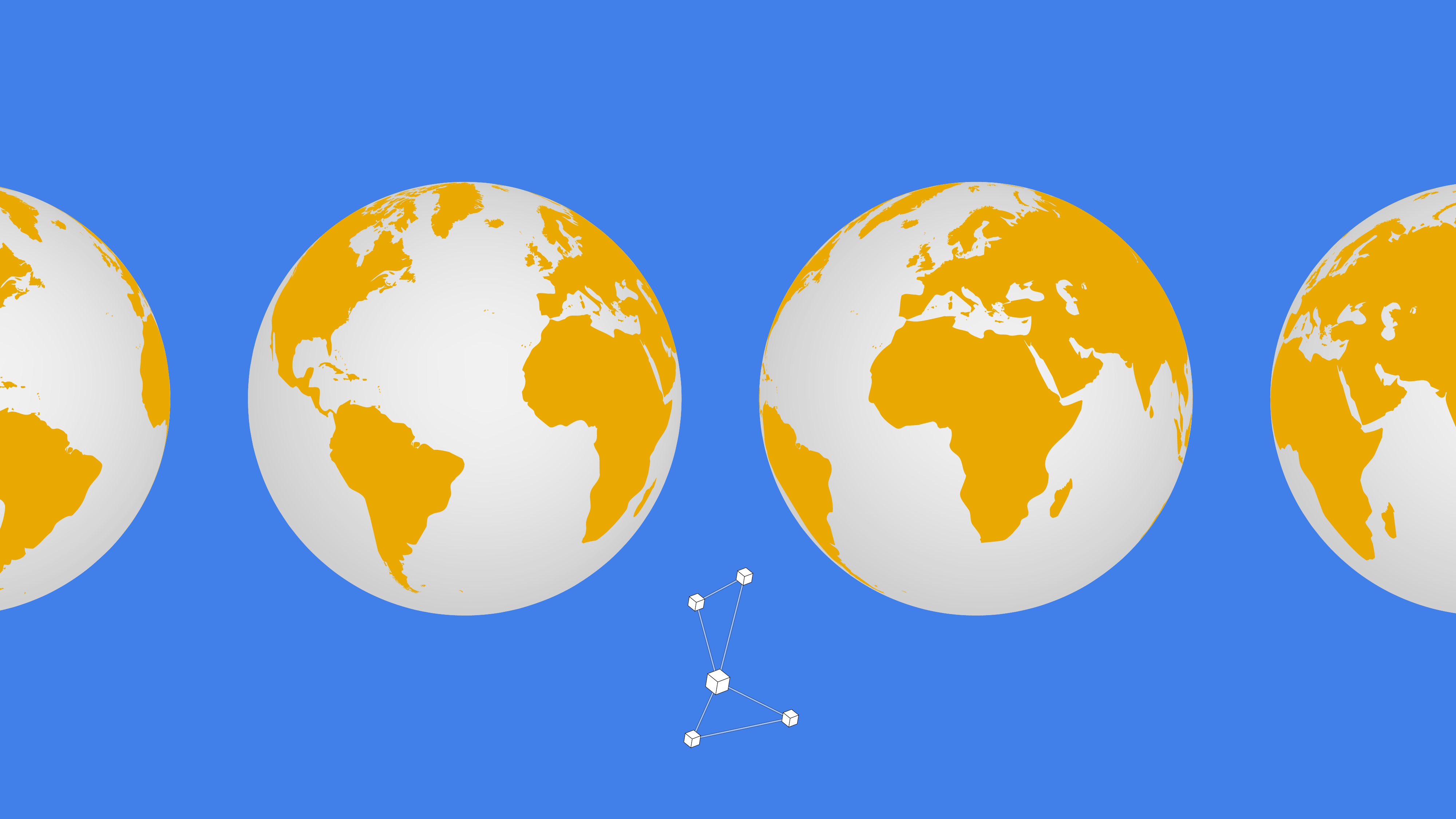As environmental challenges grow, companies and organisations need to make smarter business decisions and better investments. Business tools such as Google Earth Engine combine maps and data sets around the planet to measure environmental and social impacts, and find ways to improve them. Companies benefit economically, too, through decreased risk and increased confidence in investments.
“Google Earth Engine combines data from hundreds of satellites and earth observation datasets with powerful cloud computing to show timely, accurate and high-resolution insights about the state of the world’s habitats and ecosystems and how these are changing over time,” says Rebecca Moore, Director, Google Earth, Earth Engine & Outreach. “Over the years, one of the foremost climate challenges I’ve heard from businesses, governments and organisations is that they’re drowning in data, yet thirsty for insights.”
An important contribution is to help increase supply-chain transparency. For example, by combining the power of cloud computing with satellite imagery and AI, Google Earth is helping Unilever to build a more holistic view of the forests, water cycles and biodiversity that intersect the firm’s supply chain. This raises sustainable sourcing standards for suppliers, and brings Unilever closer to its goal of slowing down deforestation and regenerating nature.
“Our collaboration with Google Cloud will take us to the next level in sustainable sourcing,” says Dave Ingram, Unilever’s Chief Procurement Officer. “We will now be able to process and combine complex sets of data like never before. The combination of these sustainability insights with our commercial sourcing information is a significant step change in transparency.”
Palm oil
The technology helps Unilever monitor supplies of raw materials such as palm oil, helping the company to detect deforestation while simultaneously prioritising critical areas of forest and habitats that need protection. A common ingredient in everything from ice cream and shampoo to peanut butter, palm oil is subject to high demand, which leads producers to cut down areas of tropical forest to grow the crop. Google Earth data allows Unilever to keep an eye on its palm oil suppliers’ farming practices, and helps the firm keep its commitments on sustainability.
Google Earth Engine’s scale and level of detail also enables broader monitoring of environmental change. The US Department of Agriculture’s Forest Service uses the tool to assess land use change, including loss of tree cover, across the nation. This feeds into forest management efforts intended to make the nation’s forests a renewable resource. In Alabama, for example, tracts of trees are cut and planted in rotation to limit soil erosion and other negative impacts of forest clearing.
Species recovery
The technology makes the Forest Service’s work much more efficient, reducing the time taken to analyse a decade of land-cover changes from three months to just one hour, using just 100 lines of code. The organisation uses the results to monitor the impacts of invasive insects, diseases and drought.
And emergency responders now have the information they need to work better on new threats that arise after wildfires, hurricanes and other climate disasters. It can also help species conservation, for example by producing up-to-date maps across the southwest United States of the habitat needed to support recovery of the Mexican spotted owl. “The development of this and other tools will help us better understand habitat trends and ultimately move the species closer to recovery,” says Gavin Jones, a Research Ecologist with the US Forest Service.
Looking further ahead, Google technology can play a vital role in helping organisations to judge climate risks. HSBC has developed a new credit ranking tool capable of running multiple ‘what if’ climate risk scenarios simultaneously on Google Cloud. Google Earth Engine can help the bank to visualise different climate scenarios, such as how varying amounts of warming in the coming decades could affect access to water for farms on the Colorado river in Arizona.
The bank plans to use this tool to measure the impact of climate change risk on its trading book, identifying the capital requirements necessary to cover potential rating downgrades and default risk of credit products, such as corporate bonds.
The risk advisory tool generates billions of data points, with results delivered in minutes, allowing HSBC traders to better manage their trading portfolios throughout the day. Ajay Yadav, Global Head of Fixed Income & Digital Strategy for Traded Risk, HSBC, says: “The computing power of Google Cloud makes it much quicker to run complex simulations for many different what-if scenarios, providing a more holistic risk picture of trading for optimum decision-making.”
It’s that decision-making that is key. The powerful combination of data and analysis offered by Google Earth Engine shows the impact of actions, from forests to oceans, in unparalleled detail and that enables smarter decisions.
